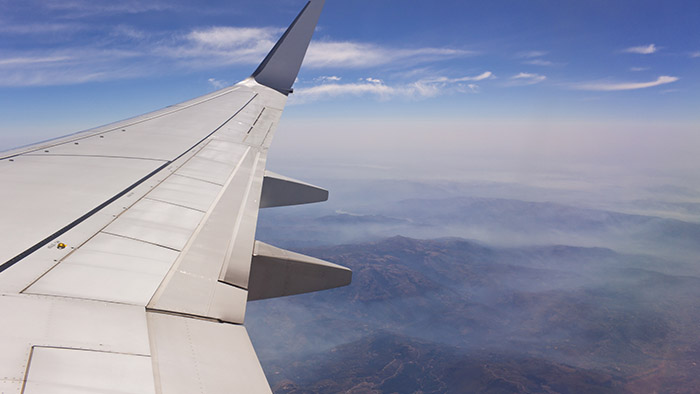
Megan Fox and Jennifer Aniston get sweaty palms and extreme nervousness when a plane is ready for takeoff. These celebrities and many others are known to suffer from the fear of flying. Fox and Aniston are not the only ones. Research indicates that up to 40 per cent of the general population experiences flight-related anxiety.
One of the things that makes aviophobia, or the fear of flying, so common is that the average person just doesn’t fly that often or never shares his/her problem with anyone. Assuring clients that a fear of flying is relatively common can lessen the sense of embarrassment and shame that people might feel from it. This plays an essential first step in addressing the issue with professionals. Assurance is important; as sometimes the counsellor or a friend may be the first person the client has ever revealed this “big secret” to. That is especially seen with men more than women. For some people, it’s been so long since they have flown that the plane has grown into a giant monster in their mind — larger, enclosed, and scarier than it is in reality.
The fear of flying is deeply-rooted in the loss of control — of travel schedules, of navigation, surroundings, and of their own bodies (some people experience rapid and heavy breathing, sweating or vomiting). I teach people to find ways to tolerate the distress and anxiety they feel over air travel rather than trying to avoid or make those feelings disappear altogether. The point is if people work through their anxiety, it will reduce naturally with time.
In my work with aviophobia clients, as part of their therapy, I sometimes board a plane with them or meet them at airports. However, this is the final step in a process that begins with traditional talk therapy. Though not common practice, many clients find it helpful to have me accompany them as they take a first “practice” flight after starting therapy.
Keeping in mind the key aspect of overpowering aviophobia is breaking things into small pieces — for instance, when clients are ready to fly, it can be helpful for them to focus only on the basic tasks: Checking in, finding their gate and getting through security. They are asked to focus on steps 1 and 2 rather than three and four to keep them in the present moment.
To help my clients prepare for a flight, I work with them to first imagine, visualise and become familiar with what getting on a plane involves. Sometimes YouTube videos of flights taking of or landing are a helpful tool so travellers become used to the sights and sounds of an airplane.
After completing the therapy and the first flight with my clients, I advise them to book or start planning their next flight right away — this time on their own or with their loved ones. The desired treatment outcome is for clients to be able to fly frequently and to tolerate the difficult feelings that may come with the experience of flying.
Tips for fearful flyers
1. Flying is an acceptable risk. Remember that the statistics are in your favour.
2. Notice and accept when you’re anticipating the worst-case scenario.
3. Mindfully accept your initial anxious thoughts as just “loud noise”.
4. Notice when you add a second fear.
5. Accept panic when it happens.
7. Practice allowing your physiological symptoms to get stronger.
8. Practice relaxation and mindfulness coping skills before you fly.
9. Remind yourself: “It took time to be this way; it will take time to improve.”
10. Remind yourself: “Each time I take a practice flight, I will learn that I can see it through by acknowledging the anxiety.”
Dr Nishat Shams is a psychologist based in Oman.